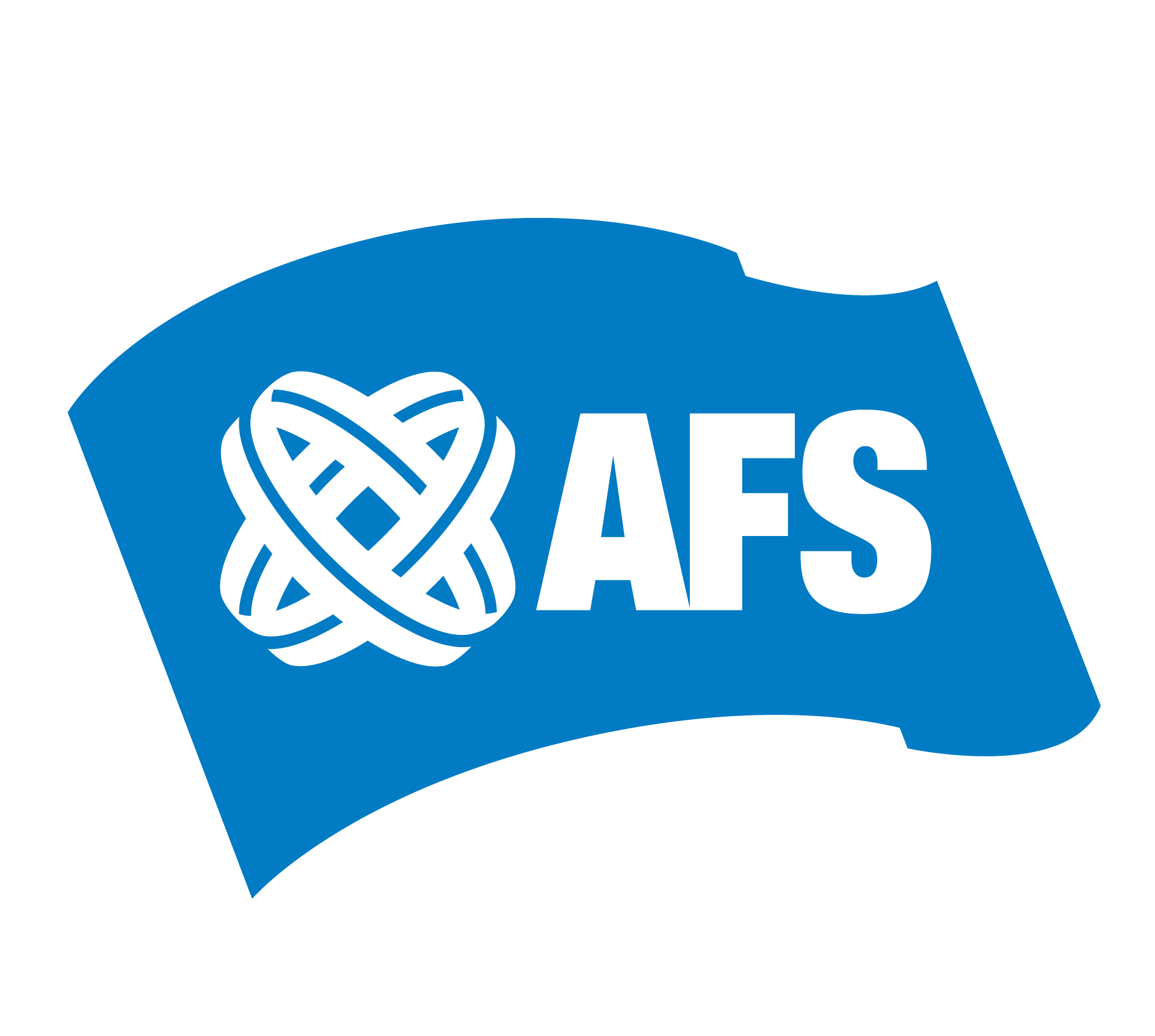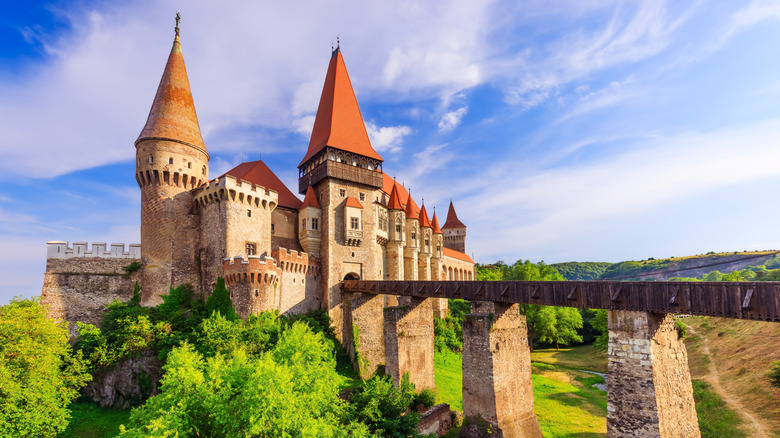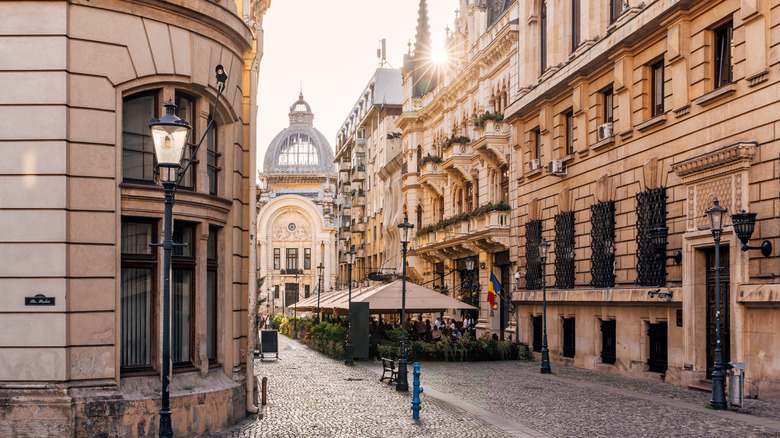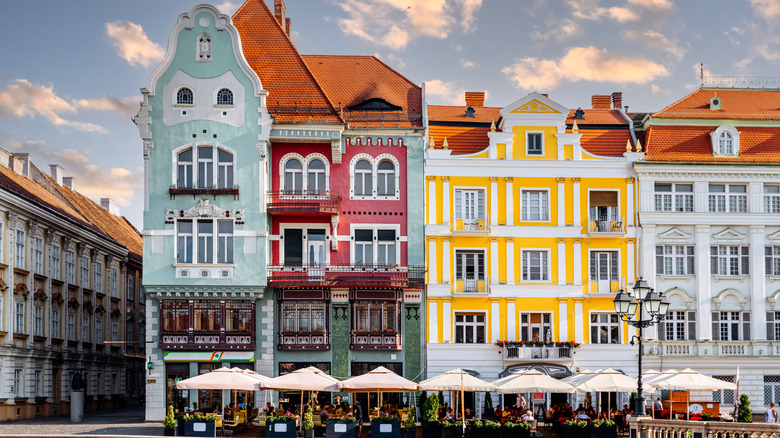Think of Europe, and the mind immediately travels to breathtaking fairytale castles with art and lush gardens, found via winding countryside lanes, stunning beaches lapped by sublime cerulean waters, and cafe terraces echoing with the soundtrack of wine glasses chiming in celebration of a beautiful wine while a dozen languages braid together in fascinating harmony. And while Romania fits the bill, with fairytale castles, cafe culture, and beautiful Black Sea beaches, it’s got something many of the others haven’t: affordability. Indeed, travel website Trip.com works out that the daily cost for a trip to Romania can average as little as $40 a day.
While Romania’s beaten path is somewhat untrodden for many, you should still consider deviating to the country’s lesser-seen sides. The countryside teems with famous castles like Bran Castle, but others like Corvin Castle with its fairytale towers, and the storied 13th-century Poenari Castle are just as fascinating. Add to this a wealth of religious buildings, wonderful rewilding projects alive with wolves and bears, cosmopolitan cities, and exceptional mountain treks, and you have all the ingredients for a classic European itinerary for a fraction of the usual cost.
The best entry point into Romania is the Bucharest Henri Coandă International Airport, around 11 miles north of Bucharest’s city centre. There are multiple routes into the city, but the best is usually the train directly from the airport to Gara de Nord, in northern Bucharest. The train runs every 40 minutes and costs just 6 lei, a little over a dollar. If you’re staying in the old town, you’ll need to transfer to the subway or a bus, which shouldn’t take much more than 25 minutes.
Exploring Romania’s capital: Bucharest
Romania’s capital, Bucharest, is stunning, and it might not be what you’d expect from this side of Europe. Of course, there are the elements you would expect, such as the communist era boulevards like Unirii Boulevard and geometric examples of modernism found throughout. But mixed into all this is a surprisingly eclectic flourish of architectural styles, with the city’s Art Nouveau architecture forming the prettiest parts, with curving organic motifs, and whimsical ironwork blended with stained glass, earning Bucharest the moniker the Little Paris of Eastern Europe. But there’s more, with stunning Belle Époque buildings hiding the fascinating George Enescu Museum, glass-covered arcades, and a thriving cafe and restaurant culture, exemplified by the central Lipscani Street, lined with busy tables, animating the old cobbles.
Recently, Bucharest has been turning heads for its food scene, with a wave of chefs taking a modern approach to Romania’s culinary heritage. For a taste of that contrasting modernity, there are few better tables than 15A, a wine bar set into a colorful Art Nouveau villa serving modern Romanian cuisine with wines and cocktails to match. For fine dining, named one of the world’s best restaurants by 50Best Discovery, Kaiamo finds its home in the city and serves reinvented classics and playful small dishes based on seasonal ingredients and elevated by impeccable presentation.
Hostels in Bucharest can be found for as little as $10–15 per night. But don’t rule out a couple of nights of luxury in hotels like the Corinthia Bucharest, a stunning Belle Époque building whose junior suites are surprisingly affordable (about $525) when compared to cities like Paris and London.




